Three foot and 10 stone of pure fluff stood in front of us, and we were slightly apprehensive.
But by the time we had finished petting poor old Oban, the cutest and most gentle alpaca ever, the nerves were probably on the other foot – and jangled at that.
Welcome to pure heaven for Flossie, 12, who has long dreamt about getting up close to an alpaca. And she wasn’t disappointed, Oban and his six pals were perfect gentlemen as they allowed Flossie, Ruaridh, 15, and myself to marvel over just how fluffy they were.
Living in the tiny hamlet of Sarclet, just two miles from Wick, the boys have a perfect home just by the sea and are lovingly looked after by their owners, Laura and Pauline Robinson.
And like the best behaved children, the alpacas were happy to come in from munching the lush grass to meet and greet us, allow us a little ruffle, before they stocked up on some food and back out to pasture.
Oban, of course, being the cutest, was also the greediest, and proved to be the star man and a credit to the North Coast 500 Alpacas.
The boys live in a lovely spot just close to the famous Whaligoe Steps in nearby Lybster. A trot down the 365 flagged stones, which zig zag along, takes you from land to sea and what was a naturally formed harbour between two sea cliffs, home to many fishing boats.
In its heydays of the 18th Century, the harbour was a hub for herring fishing, and the fisherwomen would haul the catch of the day up after gutting them and then they would be taken by foot to Wick, seven miles a day.
The views from the steps are stunning, and lovingly looked after by local volunteers, and the sea cliffs are crammed with sea birds.
Just across the road is the well-preserved Cairn of Get, another majestic monument for visitors enjoying the North Coast 500 route.
We were based at another gem, Dunnet Head lighthouse, the northernmost point of the Scottish mainland and another breath-taking spot.
Perched on top of 300ft steep cliffs, with a wide expanse of sea looking across to Orkney and the Old Man of Hoy, the lighthouse was built in 1831 by Robert Stevenson, and now the Grade B listed keeper cottages are rented out by owners Keith and Angela Nicholson.
Cosy and welcoming, with all the mod cons, you can imagine the lighthouse keeper and his family snuggling up at night as the wind howled outside.
The cottages are worth staying for the view alone: imagine fantastic sunsets, sea birds so close you can almost touch them, a beautiful pristine coastline, all guarded by a now-automated lighthouse, and best of all, no people – what more could you ask for?
The lighthouse is reached by a single track road through a loch-strewn heather moor, and if you stay in the right season, you will spot puffins, razor bills, orcas, porpoises and dolphins.
Just down the road is Brough Bay, which was the landing slip for lighthouse supplies and nowadays is the resting place for a large number of very friendly seals.
There are lots of deserted beaches in the area, with our particular favourite at Ham Harbour, once used for transporting slate from nearby quarries. The beach is a mass of bizarre shaped stone and full of Groatie Buckies, native to the Caithness area, and a lovely oval-shaped, pale pink and white, glossy ridged shell.
The Castle of Mey, once the summer residence of The Queen Mother, is a short drive away, and guided tours of the castle and the walled garden are a great way of looking around this historic building, which dates back to 1573 and has a lively history.
The main towns of Wick and Thurso are well worth visiting. Wick has a brilliant heritage museum crammed full of everything connected with the area, from sea-faring equipment to a full-sized newspaper printing press.
It is a fabulous place and run enthusiastically by volunteers from The Wick Society, and currently there is an exhibition of the famous Caithness glass, including a Mastermind trophy, on display.
Just up from the museum is Mackays Hotel on the world’s shortest street and home to a classy restaurant serving up locally sourced cuisine such as Orkney scallops.
Thurso is Scotland’s most northerly town and just half an hour from the famous John O Groats, where many people embark on an End to End journey from Scotland to Land’s End, 876 miles away in England.
Caithness must be one of Scotland’s most stunning, unspoilt places, with dramatic scenery and fabulous sea cliffs. It’s no wonder Oban and his pals love it so much.
Travel facts
Dunnet Head Lighthouse keepers’ cottages sleep up to six. www.dunnetheadlighthouse.com
Meet and greet or share a picnic with alpacas living just outside Wick. https://northcoast500alpacas.co.uk
Castle of Mey: www.castleofmey.org.uk
Wick Heritage Centre: www.wickheritage.org
Mackays Hotel: www.mackayshotel.co.uk
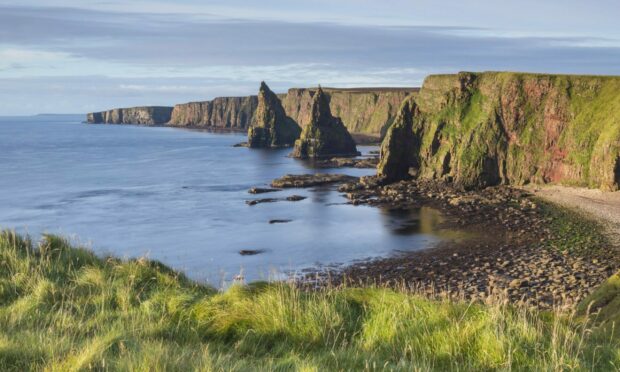
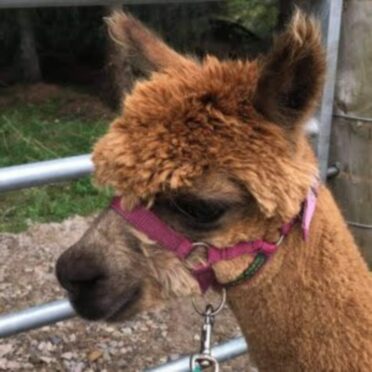
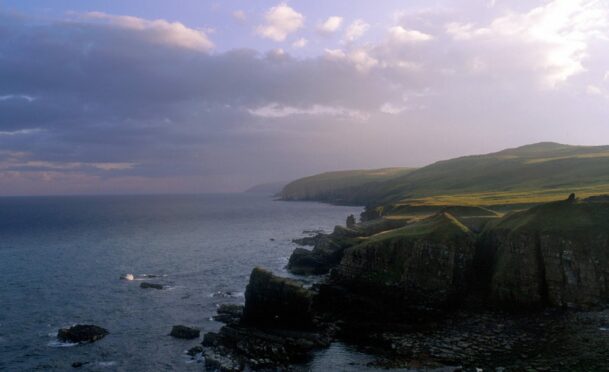
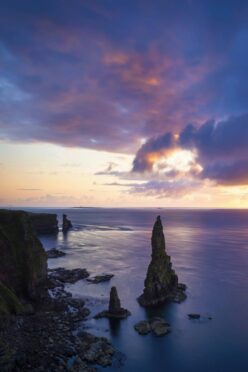
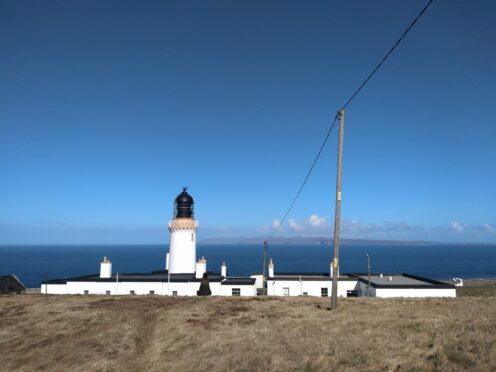
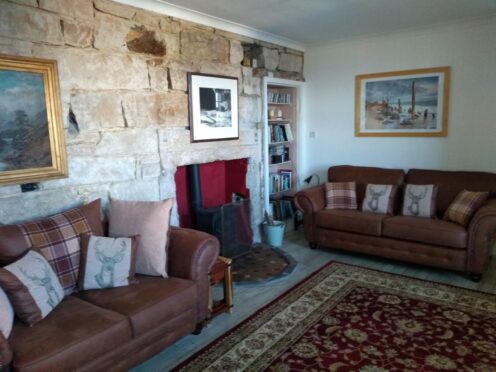
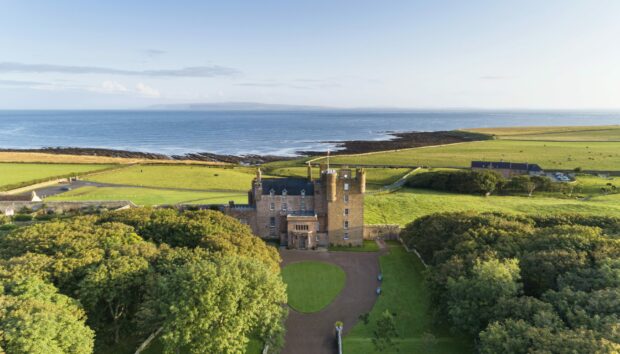
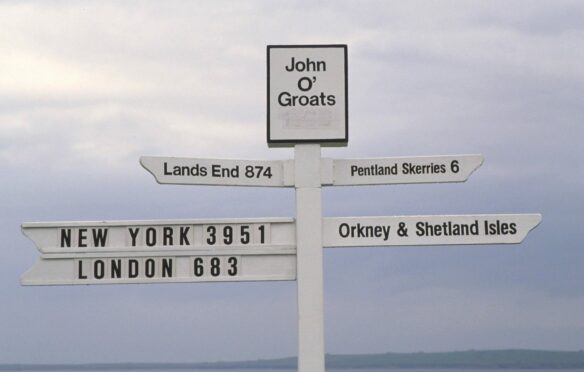
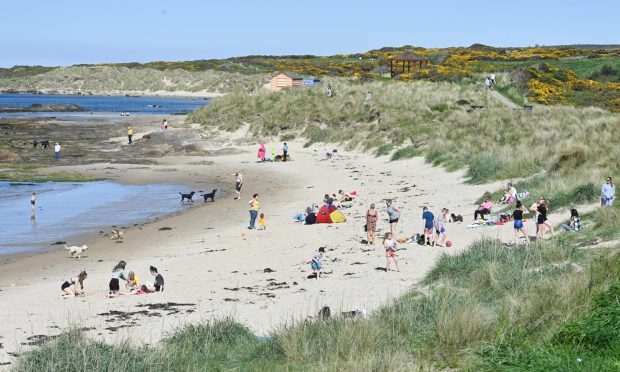
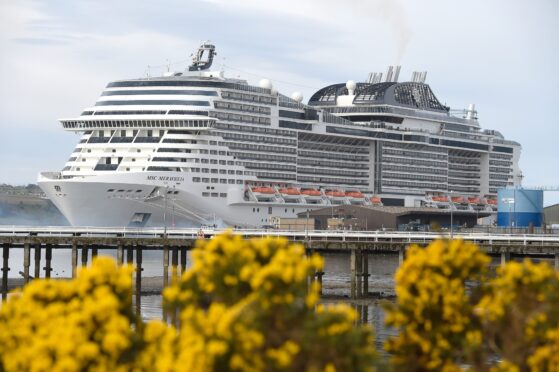

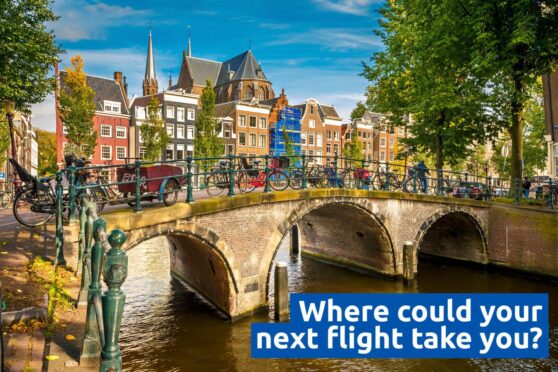
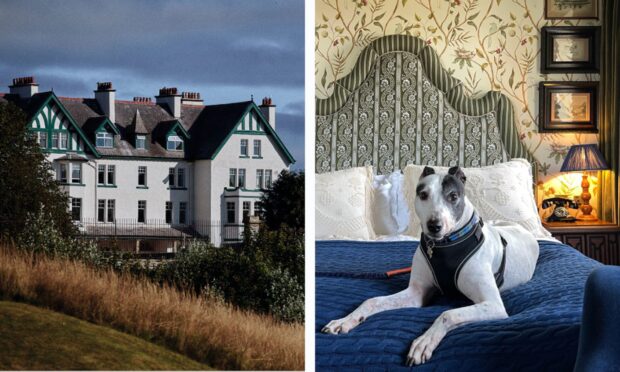
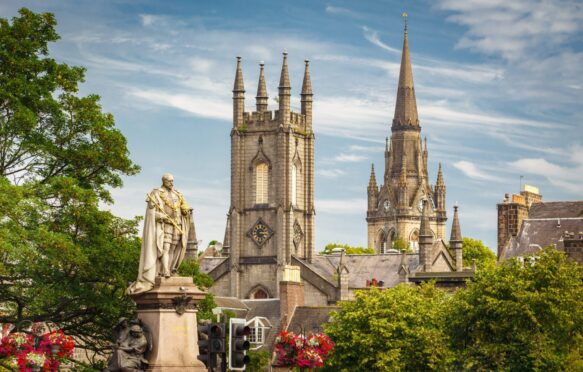
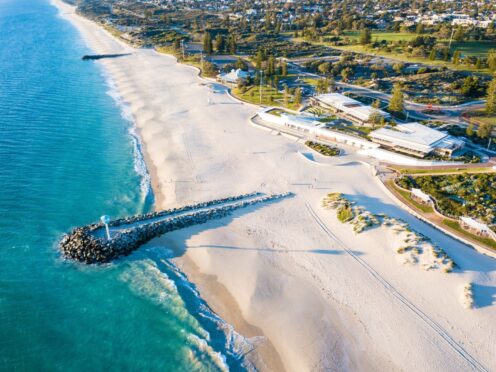
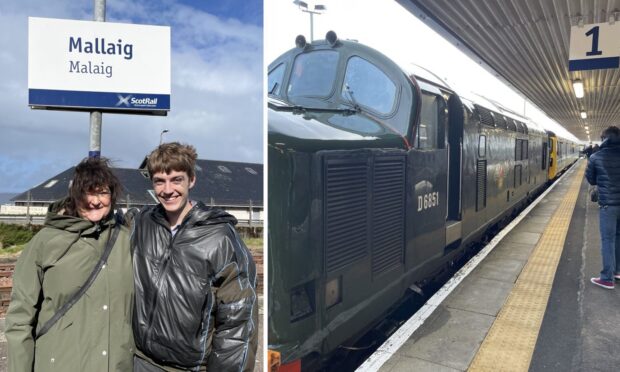

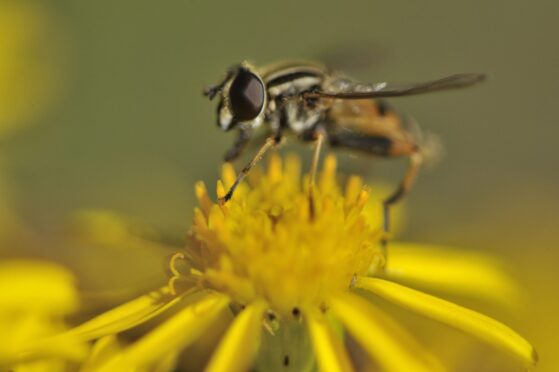
Conversation